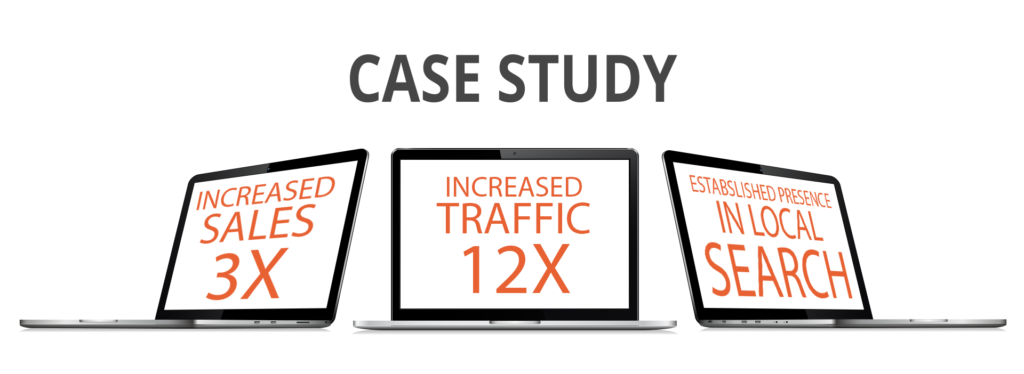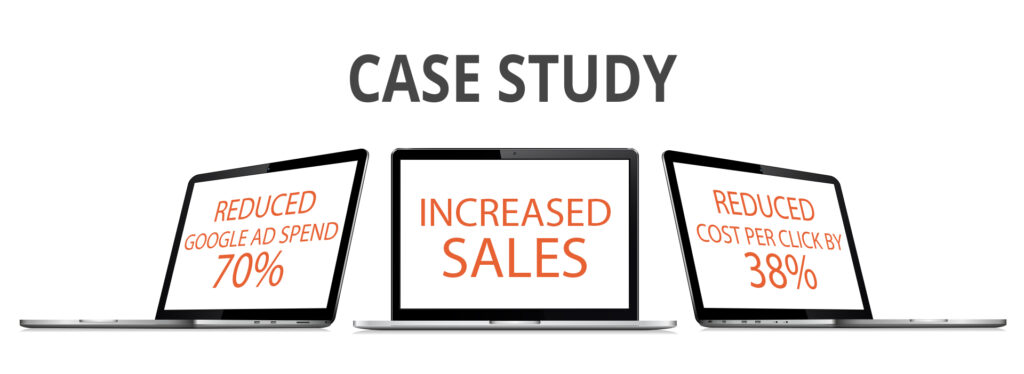Does AI and Free Customer Support Make Digital Agencies for Google Ads Obsolete?
With the rapid rise of AI-driven tools and Google’s free customer support options, many business owners are asking: Does this mean digital marketing agencies are no longer necessary? As a digital marketing agency ourselves, we’ve seen firsthand how the landscape is evolving. While AI technology can offer some automation and insights, the personalized expertise and strategy that agencies provide are far from obsolete.
The Role of AI in Google Ads
Artificial intelligence (AI) is a powerful tool that can analyze data, predict trends, and even automate portions of your Google Ads campaigns. Google’s AI-powered tools, such as Smart Bidding and Performance Max, allow businesses to set objectives and let machine learning algorithms optimize for the best results.
But as useful as these tools are, they have limitations. AI can’t know your business the way you do, nor can it fully understand the nuances of your customer base. It’s a fantastic enhancement for your strategy, but it’s not a replacement for human insights. A digital marketing agency can leverage AI to your advantage, combining automation with a personalized strategy tailored specifically for your business.
Free Google Ads Support: How Far Does It Go?
Google offers free customer support to help businesses set up and optimize their Google Ads accounts. While this support is certainly helpful, it’s often limited to generic recommendations. The free support typically provides broad guidelines but lacks the in-depth understanding of your business that’s necessary to maximize your ROI.
When you’re running a small campaign, free support might be enough to get by. But as your ad spend increases, so does the complexity of your campaigns. Understanding bidding strategies, ad extensions, audience segmentation, and conversion tracking requires a deeper level of expertise.
The Value of a Digital Marketing Agency
Here’s where a digital marketing agency comes in. A good agency doesn’t just set up a campaign and forget about it. We continuously monitor performance, tweak strategies, A/B test different approaches, and adjust to changing algorithms and market trends. We offer services that go beyond what AI or free customer support can provide, including:
Improving your is crucial. Focus on:
Why Business Owners Shouldn’t Rely Solely on AI and Free Support
Business owners who manage their own Google Ads may find that AI tools and free customer support are useful for smaller budgets or simpler campaigns. However, as businesses scale, the need for a strategic partner becomes increasingly evident. Digital marketing agencies bring a holistic view of digital marketing—one that combines the strengths of AI with the personalized service and attention to detail that free support simply can’t match.
It’s not a matter of choosing between AI and a digital marketing agency; it’s about how AI can be used in partnership with expert marketers to get the best possible results for your business. A digital marketing agency can maximize the capabilities of AI, while also offering you the human touch needed to connect with your audience effectively.
Final Thoughts: AI and Human Expertise Are Better Together
The notion that AI and free customer support will make digital agencies obsolete is premature. In fact, the most successful campaigns often arise from the partnership between AI, human expertise, and tailored service. By working with a Google Ads agency or Microsoft Ads agency that understands how to blend cutting-edge AI with personalized attention, you can achieve results that far surpass what either one could do on its own. Feel free to reach out for a if you need an evaluation of your Google Ads account.
At Zenergy Works, we stay ahead of these changes. Our team specializes in crafting customized, data-driven strategies that make the most of Google’s tools and AI while maintaining the personal touch that drives long-term success.








